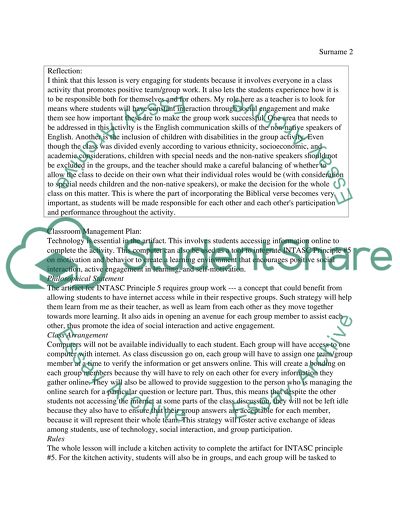Cite this document
(“INTASC principle #5 Assignment Example | Topics and Well Written Essays - 3500 words”, n.d.)
Retrieved from https://studentshare.org/education/1399642-intasc-principles
Retrieved from https://studentshare.org/education/1399642-intasc-principles
(INTASC Principle #5 Assignment Example | Topics and Well Written Essays - 3500 Words)
https://studentshare.org/education/1399642-intasc-principles.
https://studentshare.org/education/1399642-intasc-principles.
“INTASC Principle #5 Assignment Example | Topics and Well Written Essays - 3500 Words”, n.d. https://studentshare.org/education/1399642-intasc-principles.


